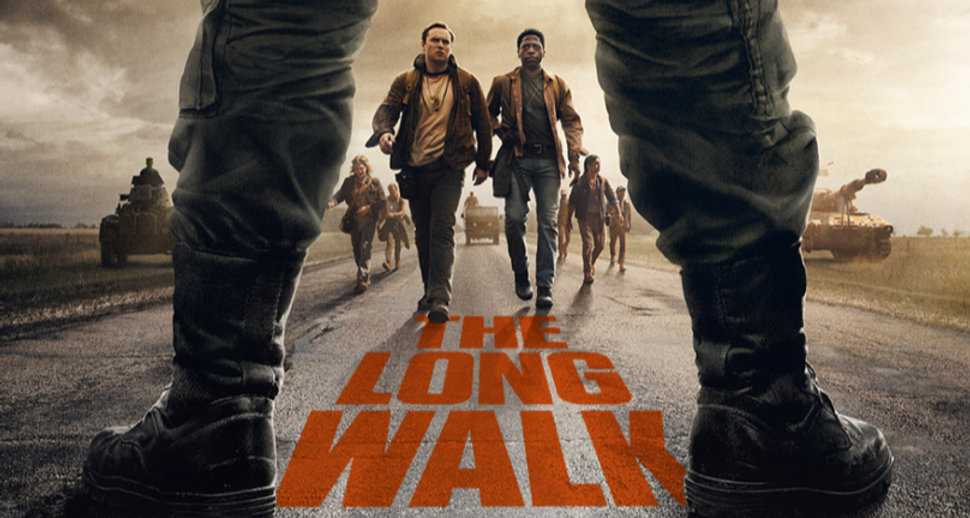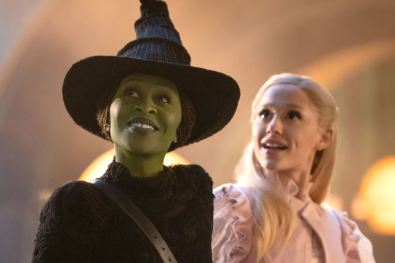The new on-screen adaptation of Stephen King’s “The Long Walk” does not fear being too brutal, and Director Francis Lawrence manages to keep the stripped-down horror of the novel while still being relevant in today’s society. Lawrence’s directorial choices combined with King’s original story lead to the movie becoming critically acclaimed.
The original novel, written by a 19-year-old King, shows the brutality of life in a personal way. The story takes place in a dystopian post-war America struck by widespread poverty. To give Americans hope of prosperity, an annual death game called the Long Walk is put into place. The event selects 50 boys, one from each state, to participate. They must walk at 3 miles per hour without stopping, and if they slow down, they get a warning. After 3 warnings, they are out of the competition. This intimate story has no other plot than the walk. There is only the road, the characters, and a hope of survival.
Lawrence’s adaptation connects the viewer with these characters, even while knowing their inevitable end. This is reflected in the story itself, too; the walkers themselves create bonds even though they are competing. The bond between Ray Garraty, played by Cooper Hoffman, and Peter McVries, played by David Jonsson, is a central part of the story. Their friendship is the definition of finding love in a hopeless situation. The chemistry between Hoffman and Jonsson is what sells the two as a pair. Among the two main characters, the other ensemble of walkers manages to create an emotionally vulnerable performance. Hank Olson, played by Ben Wang, and Art Baker, played by Tut Nyuot, both have an arc that speaks to the audience strongly and effectively.
The themes in the novel stay prevalent in the movie. We see strong themes of toxic masculinity and how it affects the boys on the walk. There are walkers like Curley, played by Roman Griffin Davis, who lie about their age for the sole purpose of entering the lottery in order to prove themselves. Other characters, such as Gary Barkotvitch, played by Charlie Plummer, let the pressure of the walk bring a brutal end to other characters, such as Rank, played by Daymon Wrightly, in order to make it to the end.
While the movie stays mostly faithful to the novel, there is a large change to the end of the plot. In the original novel, the final two walkers are Garraty and Stebbins, with Garraty winning. However, in the movie, McVries and Garraty are the final two, with McVries winning. This change may be drastic, but it stays faithful to the themes of the novel and becomes more relevant than the original ending. The movie ending is about camaraderie and sacrificing needs for beliefs. It makes the ending less about being scary and more of a social commentary. `
Lawrence’s take on King’s classic novel is brutal, bleak, and realistic. Every part of the movie was carefully crafted in order to affect the viewer as much as possible. King’s novel was not remade, but instead interpreted as a modern story.








